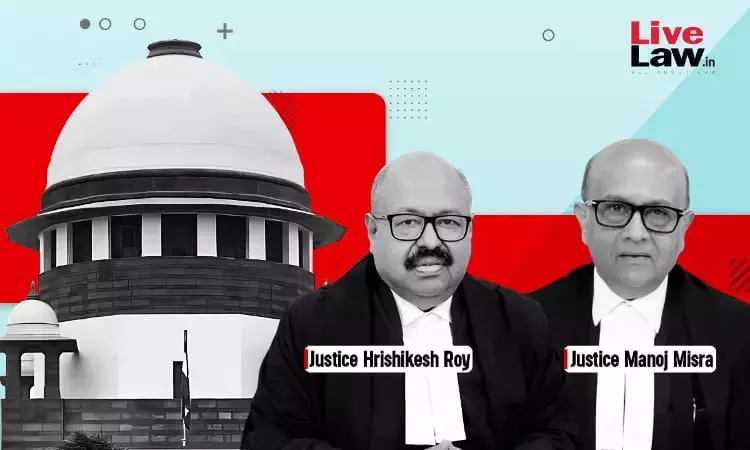Rajasthan Urban Improvement Act | Supreme Court Delivers Split Verdict On Whether Notice Of Land Acquisition Should Be Served On Possessors Whose Names Are Not Reflected In Revenue Records
Sheryl Sebastian
27 Oct 2023 11:12 AM IST

Next Story
27 Oct 2023 11:12 AM IST
